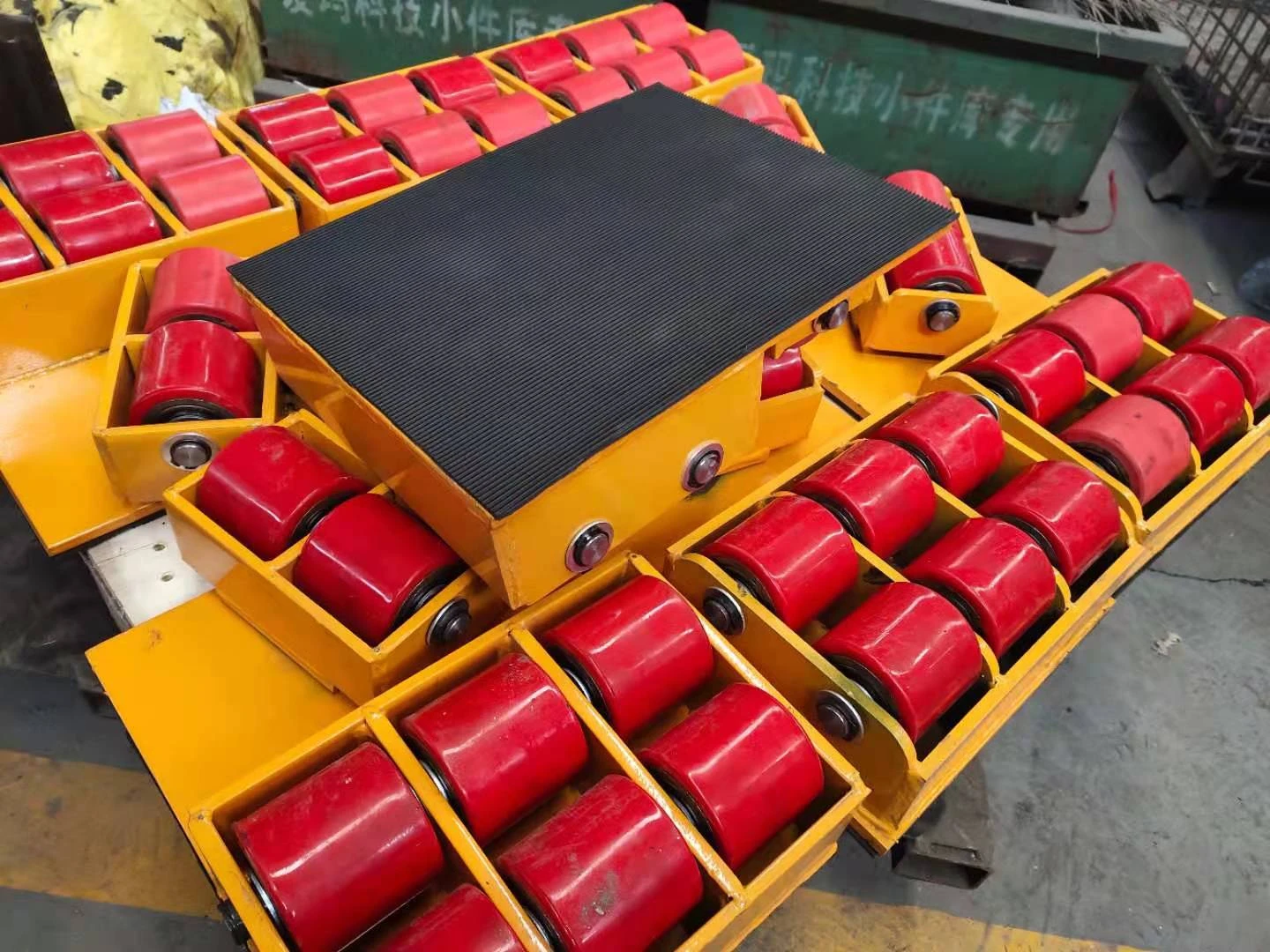Magnetic Lifting Hooks for Efficient and Safe Heavy Object Handling Solutions
Understanding Magnetic Lifting Hooks A Revolution in Material Handling
In today's fast-paced industrial environment, efficiency and safety are paramount. One of the latest innovations that have significantly streamlined material handling processes is the magnetic lifting hook. These devices offer unparalleled convenience and versatility in lifting ferromagnetic materials, making them invaluable across various industries, from manufacturing to construction and logistics.
What is a Magnetic Lifting Hook?
A magnetic lifting hook is a device equipped with an electromagnet or a permanent magnet that generates a powerful magnetic field, enabling it to lift heavy ferromagnetic objects such as steel plates, pipes, and machinery parts. The design typically incorporates a sturdy hook or clamp, allowing the operator to attach it securely to a lifting device such as a crane or hoist. The magnetic force generated can be controlled either by activating an electric switch or through mechanical means, depending on the type of magnet used.
Applications of Magnetic Lifting Hooks
Magnetic lifting hooks have found a wide range of applications in various sectors
1. Manufacturing In factories, these hooks facilitate the transport of heavy metal components from one assembly line to another. Their ability to rapidly attach and detach from the material speeds up production processes while minimizing manual handling.
2. Construction Construction sites often require the movement of large steel beams and plates. Magnetic lifting hooks can efficiently transfer these materials from trucks to scaffolding or foundations, reducing craning time and improving workplace safety.
3. Shipbuilding The maritime industry benefits significantly from magnetic lifting hooks, which can quickly position large metallic parts and equipment during ship assembly. Their efficiency reduces the risk of accidents associated with traditional lifting methods.
4. Logistics and Warehousing Magnetic hooks are also handy in warehouses where steel racks and shelves store numerous products. They help move items around without the need for additional lifting equipment, thereby optimizing space and improving productivity.
magnetic lifting hook

Advantages of Magnetic Lifting Hooks
The advantages of using magnetic lifting hooks are numerous
- Enhanced Safety Traditional lifting methods often involve human labor, which can lead to accidents and injuries. Magnetic lifting hooks minimize direct contact, thus enhancing worker safety.
- Greater Efficiency These devices allow for quicker attachment and detachment to materials, which increases the efficiency of the lifting process. This means tasks can be completed in a shorter timeframe.
- Reduced Labor Costs By minimizing manual handling, companies can reduce the number of workers needed for lifting operations, leading to significant labor cost savings.
- Variety of Sizes and Capacities Magnetic lifting hooks come in various sizes, each capable of lifting different weights, making them suitable for a broad range of applications.
- Low Maintenance High-quality magnetic lifting hooks require minimal maintenance and are durable, thus providing a cost-effective solution for heavy lifting tasks.
Conclusion
Magnetic lifting hooks represent a remarkable advancement in the field of material handling. Their ability to lift heavy ferromagnetic objects with ease not only enhances productivity but also prioritizes safety in various industrial settings. As technology continues to evolve, we can expect further innovations that will augment the capabilities of these tools, making them even more efficient and versatile.
In summary, for industries that rely on the heavy lifting of metal components, magnetic lifting hooks are essential tools that revolutionize how materials are handled. Integrating these devices into work processes can lead to improved efficiency, reduced costs, and a safer working environment. As the demand for productivity and safety grows, the adoption of magnetic lifting hooks will likely increase, solidifying their place as a staple in modern industrial practices.
-
The Power of Trolley Cargo and Machinery Moving SolutionsNewsAug.22,2025
-
Exploring Magnetic Lifting Devices for Efficient Steel Plate HandlingNewsAug.22,2025
-
The Essential Guide to Portal CraneNewsAug.22,2025
-
Enhancing Efficiency in Permanent Magnetic LiftersNewsAug.22,2025
-
Heavy-Duty Machinery Movers and Material Handling SolutionsNewsAug.22,2025
-
The Comprehensive Guide to Adjustable Gantry CranesNewsAug.22,2025
-
The Ultimate Guide to Heavy Machinery Moving EquipmentNewsAug.04,2025
